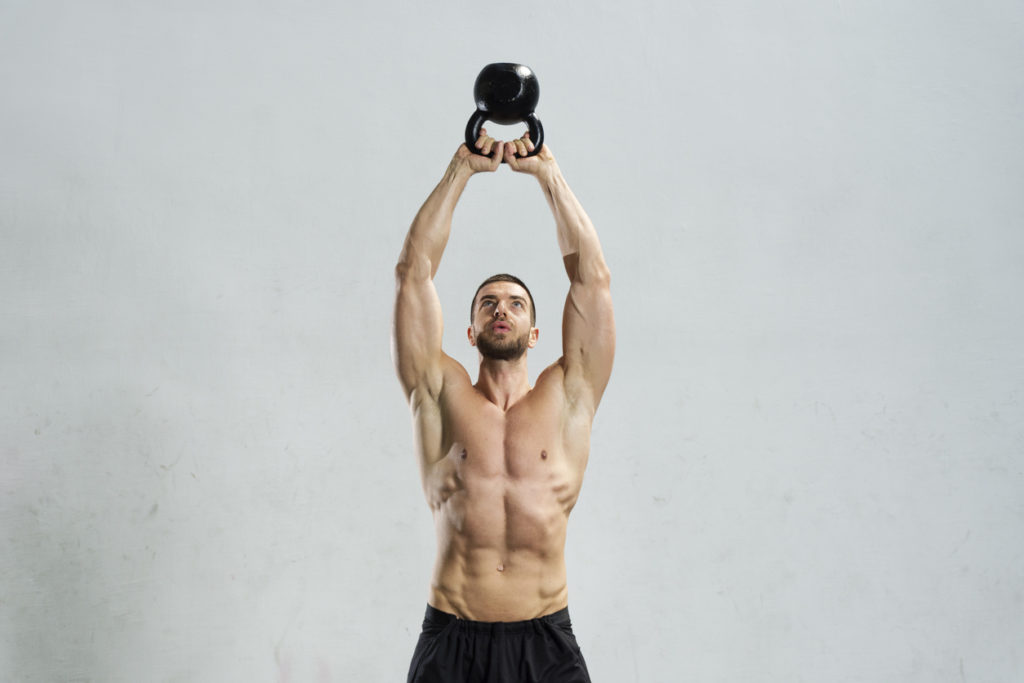
Kettlebell training may feel like a modern fad, but it’s actually been around for hundreds of years. Originally used by Russian strongmen at the country’s festivals and fairs during the 18th Century, today kettlebells are on many athletes’ essential kit lists. Why? “Kettlebell training increases lean muscle mass without bulking you up,” says Svetlana Writtle, who runs Russian Kettlebells. “It can help all athletes looking to improve their performance, no matter what their discipline.”
Keen to put this to the test, I took part in one of Svetlana’s classes at Balance Physio in south London.
CARDIO
Kettlebell training typically includes high-intensity sets with minimal rest. This is excellent for improving your VO2 max. “It can help increase your endurance and stamina levels,” says Svetlana.
WEIGHT LOSS
While traditional weights help you to bulk up, kettlebells can help you to trim down. “You can burn up to 1,500 calories an hour through kettlebell training, so it’s a great weight-loss tool.”
CROSS-TRAINING
When it comes to weight training, it don’t mean a thing if it ain’t got that swing. Rick Pearson finds out why kettlebell classes could be the gateway to injury-free running
HIPS
Efficient running requires strong hips – and kettlebell training is perfect for creating them. The classic kettlebell swing is all about driving the hips forward.
THIGHS
One of the classic kettlebell moves is the goblet squat, a deep squat performed while holding the kettlebell by its horns. This creates iron-cast quads, perfect for powering uphill.
JOINTS
“Kettlebell training strengthens the connective tissue around the joints,” says Svetlana. “You have to balance the kettlebell so you recruit the smaller, ancillary muscles that are vital to running.” The result: you’re less likely to get injured.
SHOULDERS
Strong arms can help to power a tired body when the rest of you is ready to give up. Kettlebell shoulder presses, which can be combined with a squat, are a great way to build explosive strength – allowing you to blast away from the competition on the home straight.

Rob Krar claims kettlebell training has improved him as a runner
Works for me: Rob Krar, ultrarunner
“I’ve embraced kettlebells as an inexpensive and simple way to incorporate weight training at home. Having a regimen I can hit at home leaves me more likely to maintain consistency when I can sneak it in after a run or in small windows of time throughout the day. While I perform my circuit routine all year round, I prioritise completing it twice a week in the 12-week build up to my biggest races. Kettlebells are an integral part of this circuit routine: swings, one-arm snatch, Bulgarian split squat, single-leg overhead press, side bend, goblet squats, Russian twist, and of course the greatest exercise in the world – the Turkish get-up.
“The greatest benefit of kettlebell training for runners is core stability and balance, two of the most important factors to longevity in the sport and success in the later miles of an ultra race.”






